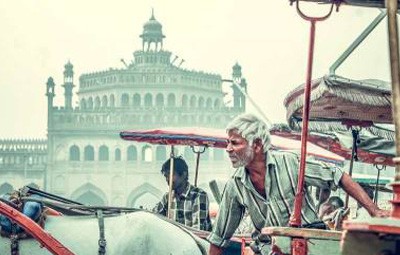About India
India, the Republic of India occupies most of the subcontinent of India in Southern Asia. It borders on China in the northeast, Pakistan on the west, Nepal and Bhutan on the north, and Burma and Bangladesh on the east. The country can be divided into three distinct geographic regions; the Himalayan region in the north, which contains some of the highest mountains, the Gangetic Plain, and the plateau region in the south and central part.
It is home to the Indus Valley Civilization and a region of historic trade routes of the great empires, the Indian subcontinent was identified with its commercial and cultural wealth for much of its long history. Four major world religions, Hinduism, Buddhism, Jainism, and Sikhism originated here, while Zoroastrianism, Judaism, Christianity, and Islam arrived in the first millennium and shaped the regions cultural diversity. Gradually annexed by the East India Company in the eighteenth century and colonized by the United Kingdom from the mid-nineteenth century, achieving independence in 1947 after a struggle that was marked by widespread nonviolent resistance.
Economic reforms have become the second best-growing economy, however, still suffers from high levels of poverty, illiteracy, malnutrition and environmental degradation. A pluralistic, multilingual, and multiethnic society, India is also home to a diversity of wildlife in a variety of protected habitats.
For the traveler, India will be a great surprise, you never know what awaits you, so there is a saying in India you either love or hate, but never impassive




